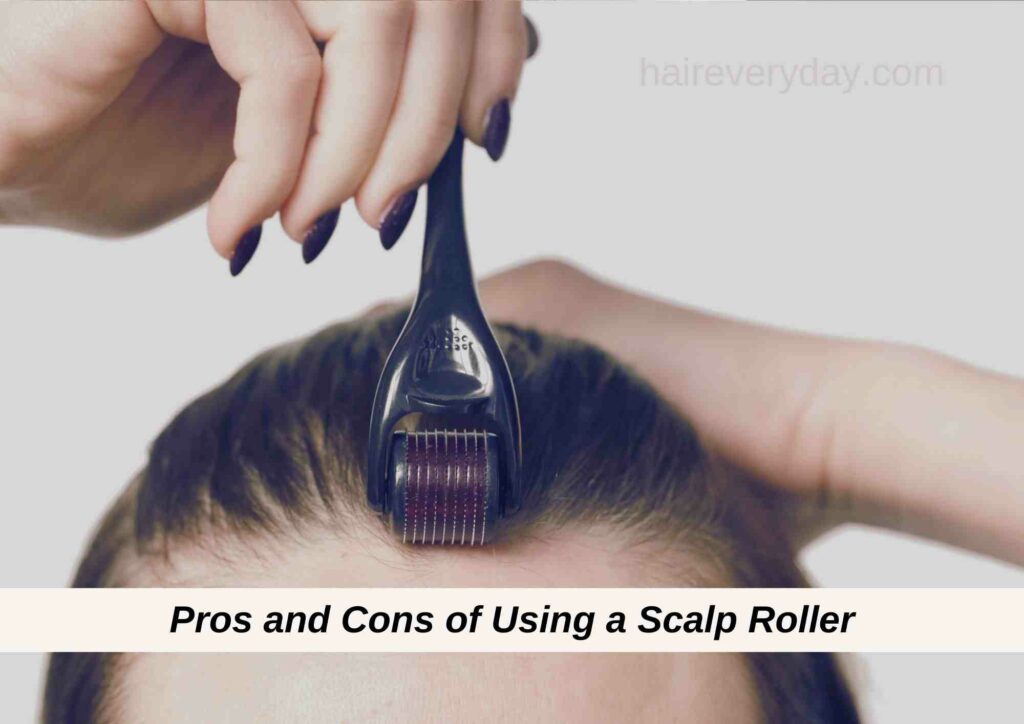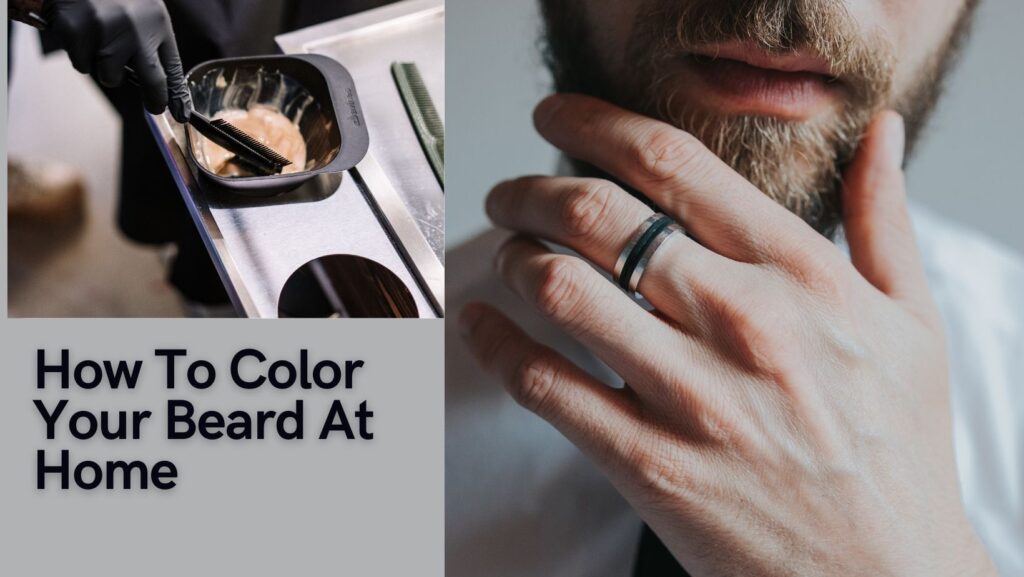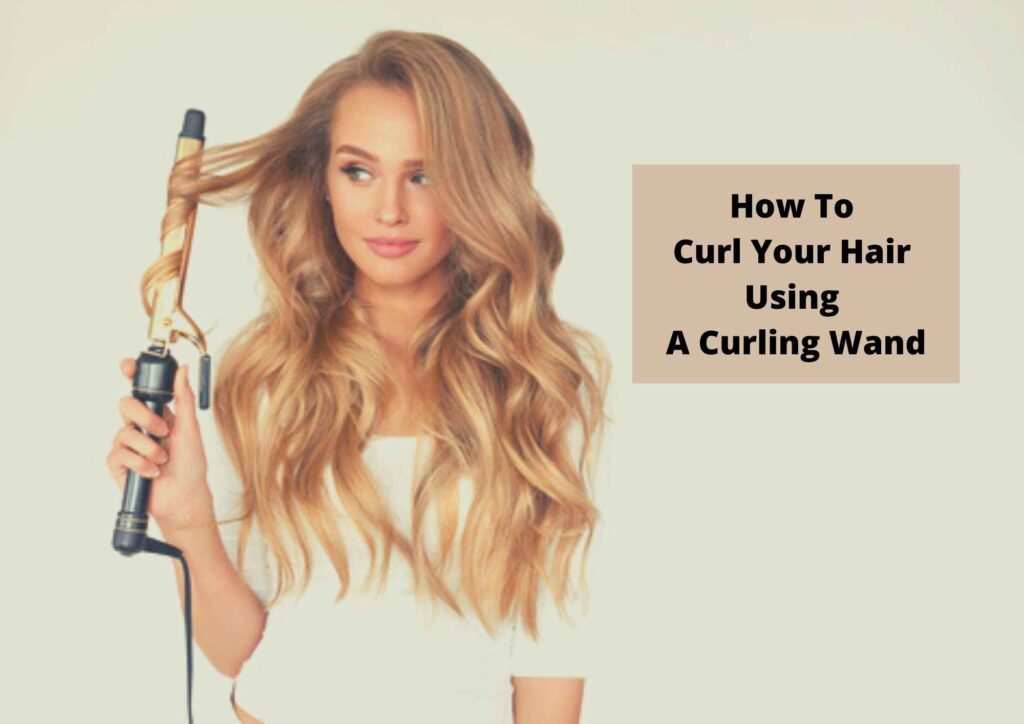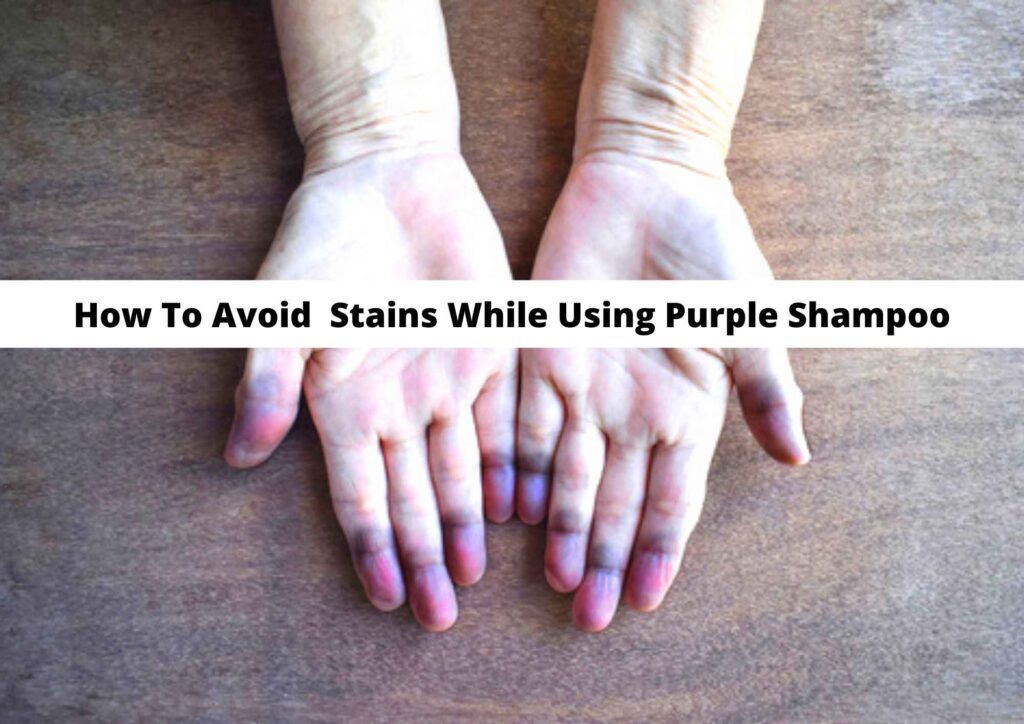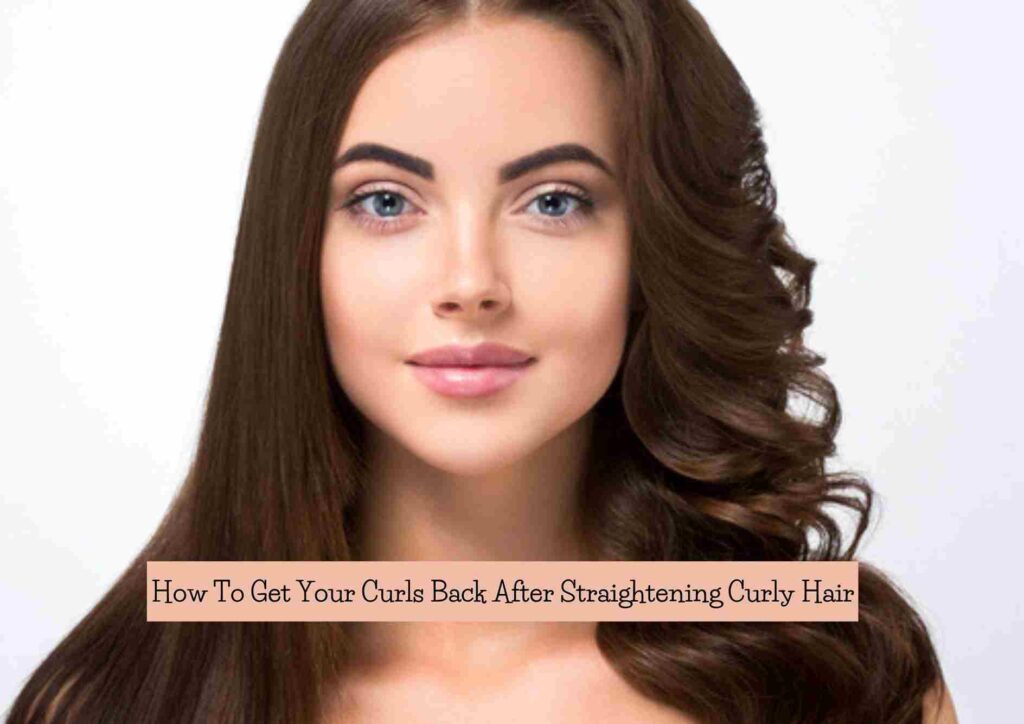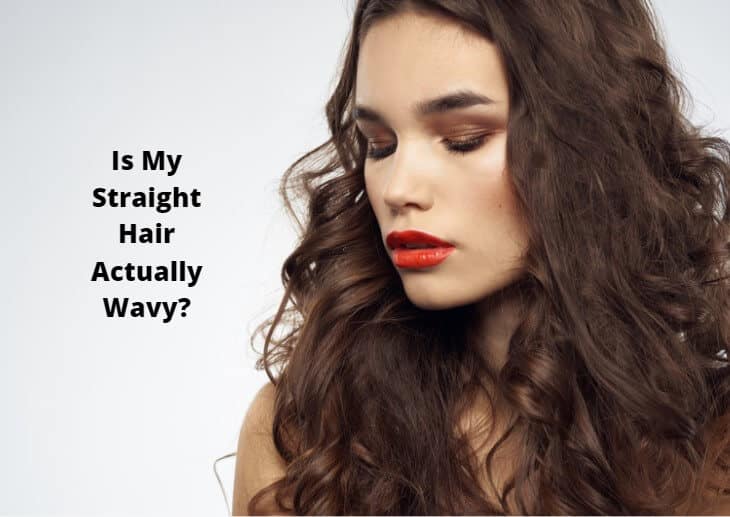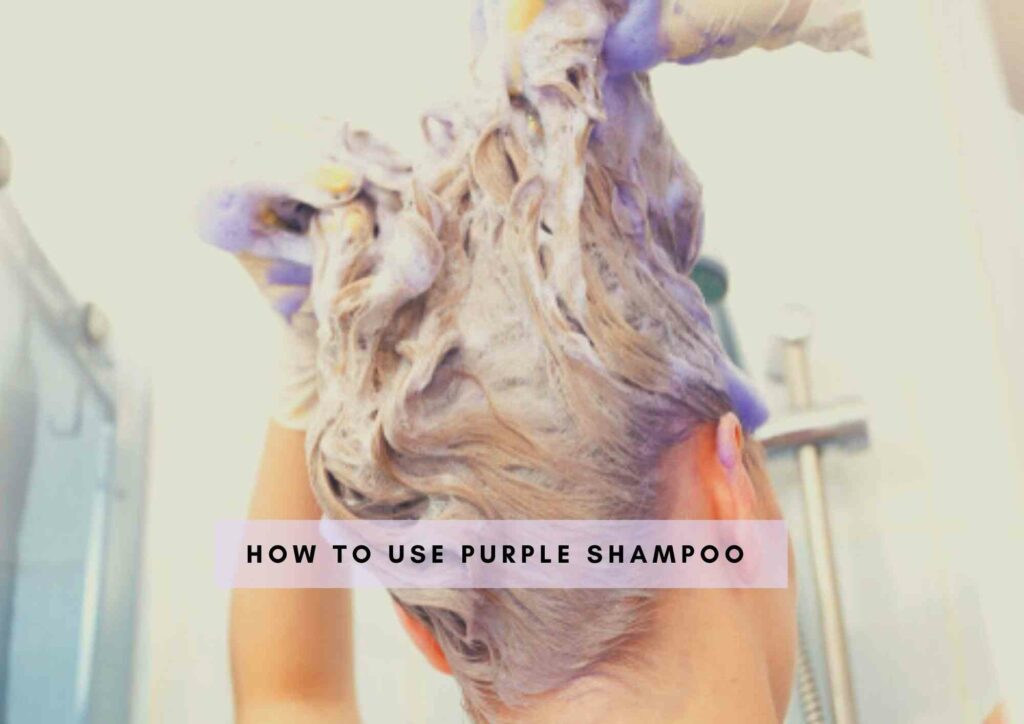Check out the Pros and Cons of Using a Scalp Roller. Explore the world of scalp rollers: Learn about the advantages and drawbacks of using these innovative tools for hair and scalp care. Delve into the potential benefits and considerations in this detailed article, and make informed decisions about incorporating scalp rolling into your hair care routine.
As someone who’s been on a lifelong quest for the secret to luscious, healthy hair, the concept of using a scalp roller immediately caught my attention. It’s one of those intriguing, innovative techniques that promise to revolutionize your hair care routine.
But before jumping headfirst into this trend, I knew it was crucial to understand both the potential benefits and drawbacks. So, in this article, we’re going to dive deep into the world of scalp rolling – what it entails, how it works, and, most importantly, the pros and cons of using a scalp roller.
Pros and Cons of Using a Scalp Roller
What Is Scalp Rolling
Scalp rolling is a technique that involves using a specialized tool known as a scalp roller, which is covered in tiny needles. The idea is to gently roll this device over your scalp, creating tiny punctures.
These micro-injuries are believed to stimulate blood flow, improve nutrient delivery to hair follicles, and trigger the body’s natural healing response, potentially leading to improved hair growth and overall scalp health.
Is The Derma Roller Same As A Scalp Roller
The term “derma roller” is often used generically to describe a skin care tool that consists of a handle and a roller head covered with hundreds of tiny, fine needles. Derma rollers are primarily designed for skin care applications and are used to address various skin concerns, including acne scars, wrinkles, and uneven skin texture.
The concept behind derma rolling is to create micro-injuries in the skin’s surface, which then triggers the body’s natural healing response, stimulating collagen production and improving the absorption of skincare products.
Derma rollers come in various needle lengths, ranging from as short as 0.2mm to as long as 3.0mm. The choice of needle length depends on the specific skin concern and the area of the body being treated. Shorter needles are typically used on the face, while longer needles are reserved for body treatments.

Scalp Roller: Focused on Hair Care
On the other hand, a “scalp roller” is a specialized tool designed explicitly for use on the scalp. While it shares similarities with a derma roller, such as the presence of tiny needles on a roller head, its primary purpose differs. Scalp rollers are engineered to address hair-related issues, such as hair loss, thinning hair, and overall scalp health.
The process of using a scalp roller involves gently rolling the device over the scalp’s surface, creating micro-injuries.
These micro-injuries are believed to serve several purposes, including stimulating blood flow to the scalp, improving the delivery of nutrients to hair follicles, and encouraging the body’s natural healing processes. As a result, it is thought that scalp rolling may promote hair growth and contribute to overall hair health.
Scalp rollers typically feature shorter needle lengths, typically ranging from 0.2mm to 0.5mm. These shorter needles are ideal for creating micro-injuries on the scalp without causing excessive discomfort or damage.
Key Differences: Purpose and Needle Length
In summary, while both derma rollers and scalp rollers share the concept of creating micro-injuries with tiny needles, they serve different purposes and are designed for distinct areas of the body.
Derma rollers are primarily for skin care, addressing concerns like wrinkles and acne scars, while scalp rollers are specialized tools for promoting hair growth and scalp health. Additionally, scalp rollers typically feature shorter needles, making them more suitable for use on the sensitive scalp area.
Advantages of Scalp Rolling
Let’s begin by exploring the potential advantages of using a scalp roller:
Advantages of Using a Derma Roller on Scalp
1. Enhanced Absorption of Topical Treatments: The micro-injuries created by the derma roller can increase the absorption of topical treatments, such as minoxidil or hair growth serums, by facilitating their penetration into the deeper layers of the scalp. This means that the active ingredients in these products can reach the hair follicles more effectively, potentially boosting their effectiveness.
2. Improved Blood Circulation: Scalp rolling can stimulate blood circulation within the scalp. Improved blood flow can promote better nutrient and oxygen delivery to hair follicles, which may encourage hair growth. A well-nourished scalp is more likely to support healthy hair.
3. Enhanced Collagen Production: The micro-injuries caused by the scalp roller can trigger the body’s natural collagen production. Collagen is a protein that plays a crucial role in maintaining skin and hair health. Increased collagen production may lead to improved scalp health and stronger hair.
4. Potential for Thicker Hair: Some users have reported an increase in hair thickness and density after consistent use of a derma roller on the scalp. This can be particularly encouraging for individuals dealing with thinning hair or hair loss.
Disadvantages of Scalp Rolling
Now, let’s explore the potential drawbacks of scalp rolling:
Disadvantages of Using Derma Roller on Scalp
1. Risk of Infection: One of the primary concerns when using a derma roller is the risk of infection. The tiny needles create micro-injuries in the skin, and if the roller is not properly cleaned before each use or if it is shared with others, it can introduce harmful bacteria to the scalp. Infections can lead to more significant issues and should be avoided at all costs.
2. Pain or Discomfort: Scalp rolling can be uncomfortable, especially for individuals with a low pain tolerance. The sensation of the needles puncturing the scalp may cause discomfort or even pain. It’s essential to be prepared for this sensation and use the derma roller gently and with care.
3. Irritation and Redness: After using a derma roller on the scalp, it’s common for the skin to become red and irritated. This reaction is a natural response to the micro-injuries created by the needles. While the redness usually subsides within a few hours to a few days, it can be a temporary inconvenience.
4. Not Suitable for Everyone: Scalp rolling may not be suitable for individuals with certain skin conditions or those taking specific medications. It’s crucial to consult with a healthcare professional or dermatologist before starting scalp rolling, especially if you have any underlying medical conditions or concerns.
Will Using the Derma Roller on Scalp Increase Hair Growth
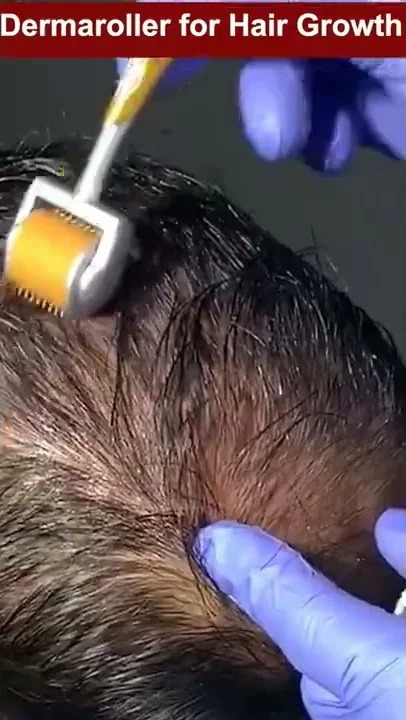
The million-dollar question: Does using a derma roller on the scalp genuinely lead to increased hair growth? The answer is not a straightforward yes or no. While some users have reported positive results, it’s crucial to recognize that individual responses can vary widely.
Several factors can influence the effectiveness of scalp rolling for hair growth:
1. Genetics: Your genetic predisposition to hair loss plays a significant role in how effective scalp rolling may be for you. Some individuals are genetically more prone to hair thinning and loss, making it more challenging to achieve substantial regrowth.
2. Underlying Cause of Hair Loss: The cause of your hair loss can also impact the results. Scalp rolling may be more effective for individuals with hair loss due to factors like poor blood circulation or nutrient deficiency, as opposed to those with genetic or hormonal causes.
3. Consistency of Use: The frequency and consistency of using the derma roller matter. Regular, consistent use as part of a comprehensive hair care routine is more likely to yield results than sporadic use.
4. Combination with Other Treatments: Many individuals combine scalp rolling with other hair loss treatments, such as topical solutions or medications. These combinations can often yield better results than using scalp rolling alone.
In summary, while scalp rolling with a derma roller has the potential to contribute to improved scalp health and hair growth, individual responses can vary. It’s essential to have realistic expectations and consider other factors, such as genetics and the underlying cause of hair loss. Consulting with a healthcare professional or dermatologist can provide valuable guidance on whether scalp rolling is a suitable option for you.
How Long To See Results From Derma Roller For Hair
The timeline for seeing results from derma rolling on the scalp varies from person to person. Some individuals notice improvements in hair texture and thickness after a few weeks of consistent use, while others may take several months to see noticeable changes. Consistency is key; regularly using the derma roller as part of a comprehensive hair care routine can improve the likelihood of achieving results.
Which Derma Roller Size Is Best for Hair Regrowth

Choosing the right derma roller size is crucial for effective and safe scalp rolling. Generally, for hair regrowth, it’s recommended to use a derma roller with needle lengths ranging from 0.25mm to 0.5mm. These lengths are suitable for creating micro-injuries that aid in product absorption and stimulate blood flow without causing excessive pain or damage to the scalp.
In conclusion, scalp rolling with a derma roller can be a potential tool in your hair care arsenal. However, it’s essential to weigh the advantages and disadvantages carefully, maintain strict hygiene, and consult with a healthcare professional if you have any underlying medical conditions or concerns. With patience and consistency, derma rolling may contribute to improved scalp health and hair growth, but results can vary, so realistic expectations are vital.
Why You Should Trust Haireveryday?
The author of this article, Leah Marie Priest has a degree in Cosmetology with years of experience in dealing with hair care, scalp care, and hairstyling. As someone who extensively deals with all kinds of hair textures, products, styling methods and more, hair Leah Marie knows what kind of products and procedures suit each hair type and person. We have also tested these hair products and processes ourselves to provide you an unbiased review about every product. Each of our articles are also reviewed by a team of medical professionals so that you get the most accurate and expert-reviewed information.
Also Read:
Pros and Cons of Washing Hair Upside Down
Pros and Cons of Washing Hair Upside Down
Pros And Cons Of Blow Drying Natural Hair
Pros and Cons of Cysteine Hair Treatment
To Summarize

